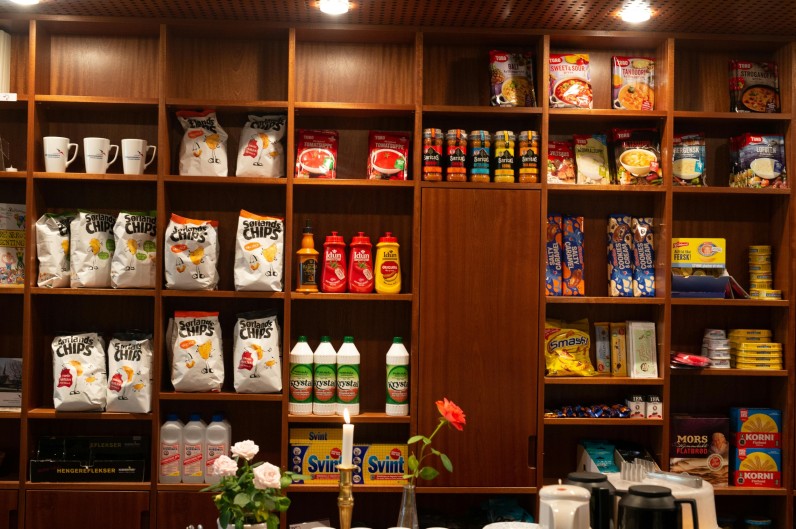
On Tuesday, the US Food and Drug Administration (FDA) announced plans to eliminate all petroleum-based synthetic food dyes from the national food supply by the end of next year.
The eye-catching reds, yellows, and blues in popular snacks like Flamin' Hot Cheetos, Skittles, and Mountain Dew Baja Blast could soon look very different.
The agency's move targets six major artificial dyes still in use today — including Red 40, Yellow 5, Yellow 6, Blue 1, Blue 2, and Green 3.
These dyes are commonly found in chips, cereals, candies, sodas, and even some medications. The FDA is also requesting an early phase-out of Red 3, a dye already banned in California due to cancer risks, CNN said.
"For the last 50 years, American children have increasingly been living in a toxic soup of synthetic chemicals," said FDA Commissioner Dr. Marty Makary. He added that while removing these dyes won't solve all health problems, it's "one important step."
Makary explained that the FDA is working with companies rather than forcing changes through laws — at least for now. "They want to do it," he said. "So why go down a complicated road with Congress?"
🚨 #BREAKING - IT'S OFFICIAL: Trump administration moves to BAN essentially ALL artificial food dyes in the USA food supply at RFK Jr.'s direction.
— Eric Daugherty (@EricLDaugh) April 22, 2025
Eliminate 6 dyes: Red 40, Yellow 5, Yellow 6, Blue 1, Blue 2, Green 3, by the end of 2026.
FDA Commissioner Makary says: "This… pic.twitter.com/Z2cq4xh4PW
FDA Targets Synthetic Food Dyes Amid Health Concerns
The plan comes amid growing concern over the safety of artificial dyes. Research shows that some food colorings may contribute to hyperactivity in children and may contain or break down into cancer-causing chemicals.
Although not all experts agree on the level of risk, there has been pressure for decades to replace these additives with safer, natural alternatives.
According to CNBC, companies like PepsiCo, Mars, and General Mills will now have to reformulate recipes — a challenging process, especially when vibrant colors are key to branding.
For example, past efforts to switch to natural dyes in Trix cereal were met with backlash from customers who missed the bright colors.
Health and Human Services Secretary Robert F. Kennedy Jr., who is leading the change, summed it up: "Nobody wants to eat petroleum."
While the FDA says the switch will not raise food prices, natural colors often cost more and require larger amounts to achieve the same effects. Still, Makary said other countries have made the transition, and it's time the US did too.
To support the change, the FDA will approve four new natural color additives and fast-track reviews of others, including butterfly pea flower extract and gardenia blue.







Join the Conversation